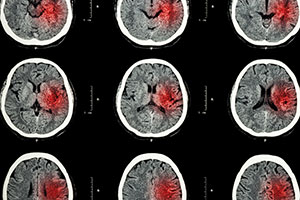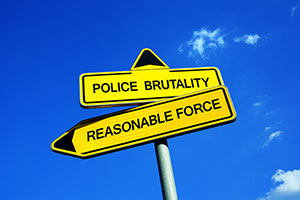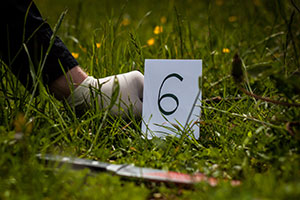The Virginia Supreme Court will consider proposed changes to its discovery rules that dictate what evidence must be shared by the defense and prosecution before a criminal trial. It is now seeking comments to the proposed changes.
Virginia State Bar Criminal Discovery Reform Task Force
Virginia State Bar created a task force to propose changes to its current discovery rules. The 13-member Virginia State Bar Criminal Discovery Reform Task Force is made up of prosecutors, defense attorneys, law professors and judges who spent eight months working on the proposed rules. The task force was led by Court of Appeals Judge Robert J. Humphreys.
The purpose of the new rules is to improve pretrial discovery and to ensure that defendants who enter plea deals to so with full knowledge of the evidence against them. Many prosecutors in Virginia already share this information with the defense, but it is not required as it is in many other states.
Reactions to Proposed Changes
Doug Ramseur, a Richmond-area defense lawyer who is a member of the task force said that, “I think most people are shocked to know that you could be charged with a felony and you don’t have a right to know before trial who the witnesses against you will be, or what the police investigation against you has shown.”
Shannon Taylor, a Henrico County commonwealth’s attorney stated, ”As a member of the task force, I am 100 percent in support of this, recognizing from the prosecutors’ association there may be elected prosecutors who are not in support of this. . . . This is a situation where both sides have relinquished some type of position that was normally held, and we are all very hopeful.” Taylor explained that the task force hopes that the rule changes will facilitate communication between the parties and protect victims and witnesses.
Steven D. Benjamin, a Richmond Lawyer and past president of the National Association of Criminal Defense Lawyers has commented, “Any improvement to Virginia’s strict discovery rules is to be commended and is in the public’s best interest.” Benjamin stated that the proposed new rules would require parties to exchange witness lists and experts reports and allow the defense to read police reports. He also stated that the rules “largely restate existing law and clarify mechanisms for protecting privacy and safety. As a whole, they represent an accommodation of competing interests and concerns, and may be the consensus the (high) court has sought in order to make improvement.”
Fairfax County Commonwealth’s Attorney Ray Morrogh has expressed concern that the new language may hamper his office’s ability to protect victims and witnesses. Others express concern that innocent defendants are too easily convicted when they have no opportunity to investigate the evidence that allegedly proves their guilt. Sending innocent people to prison never protects victims or witnesses.
This is the third attempt in five years to amend Virginia’s discovery rules. In 2013, the Virginia State Bar’s Indigent Defense Task Force attempted to amend the discovery rules. In 2015, a 29-member Special Committee on Criminal Discovery Rules produced a 60-page report that the Virginia Supreme Court declined to adopt. The Virginia Supreme Court is accepting comments on the proposed rules until June 1.













